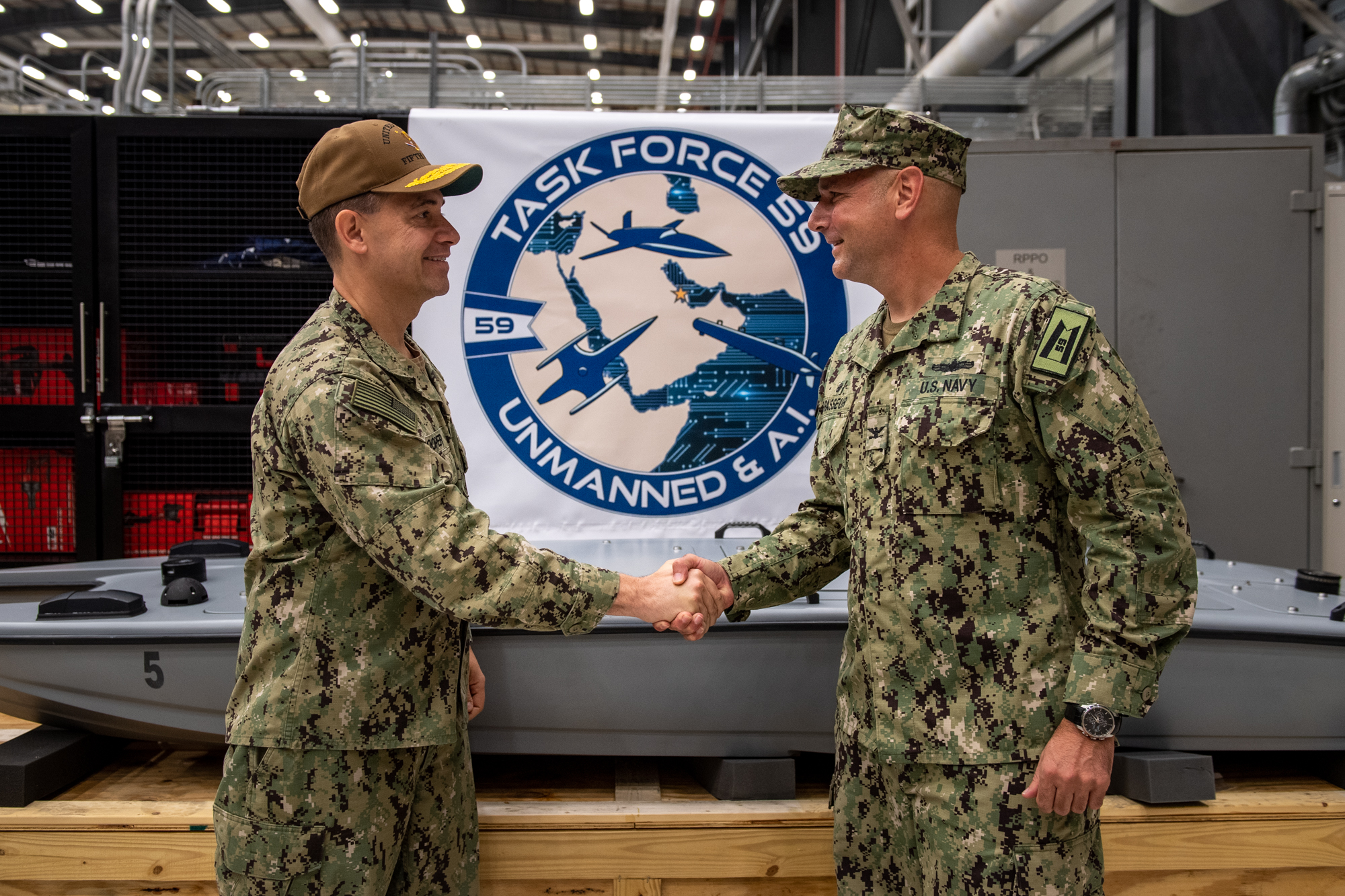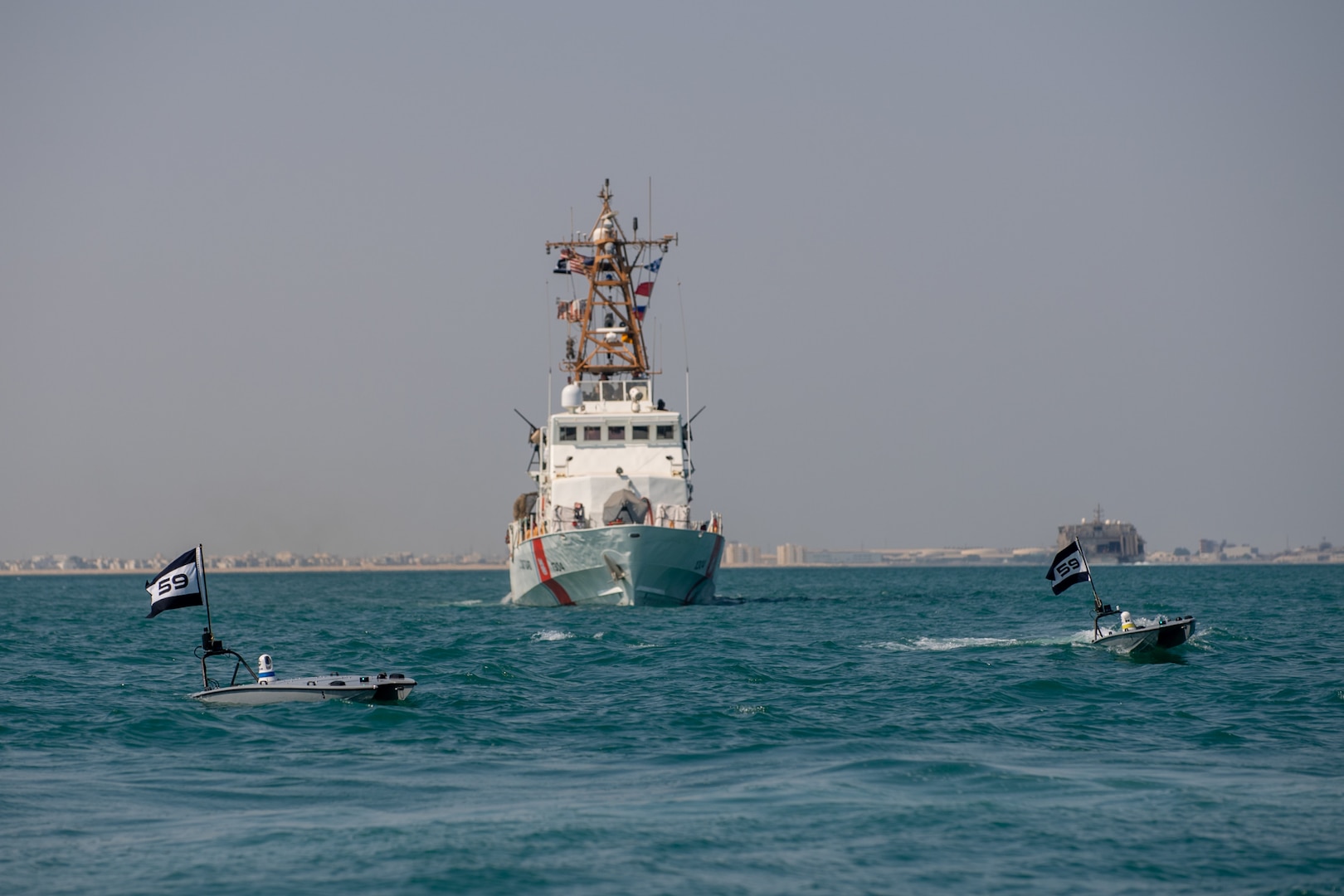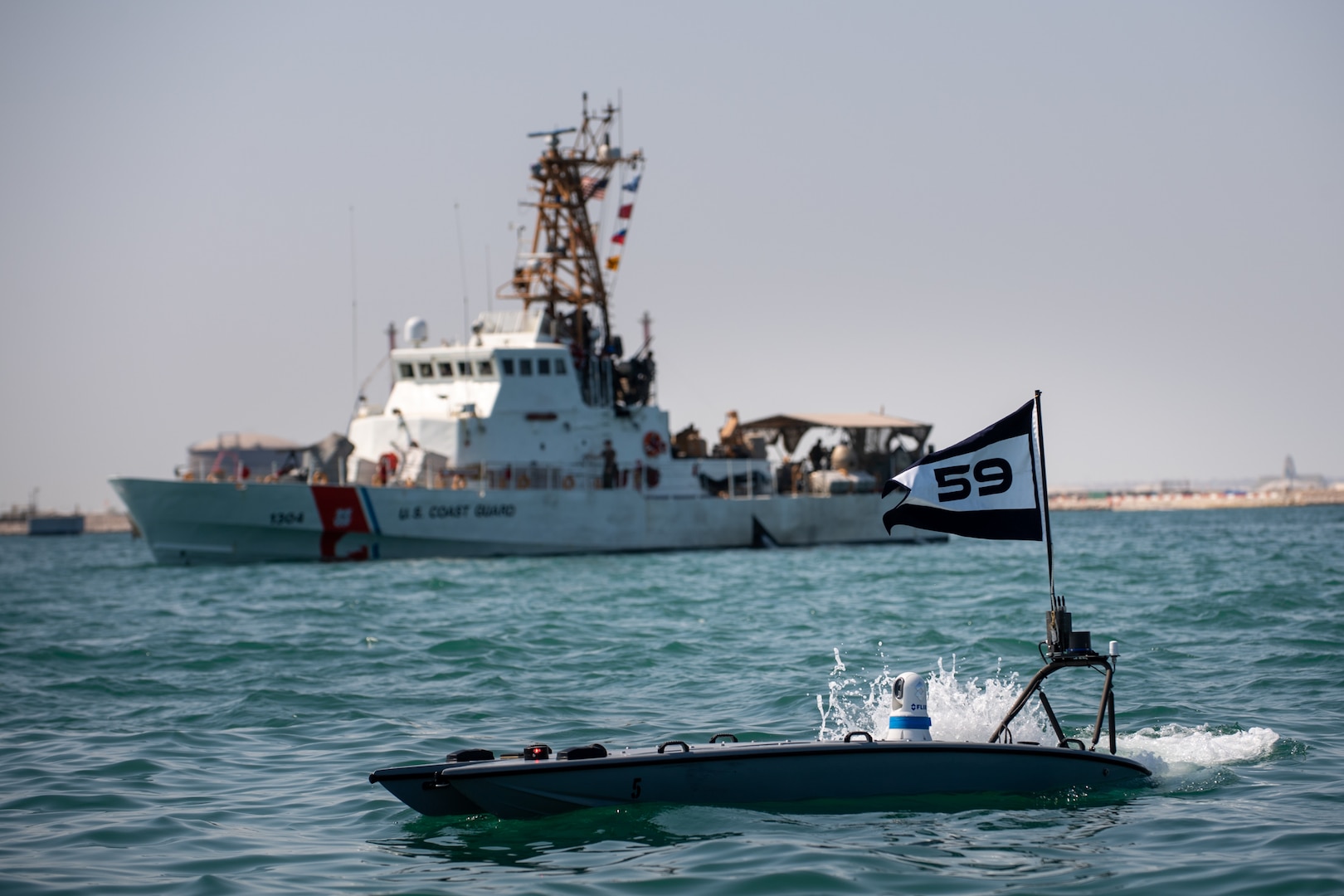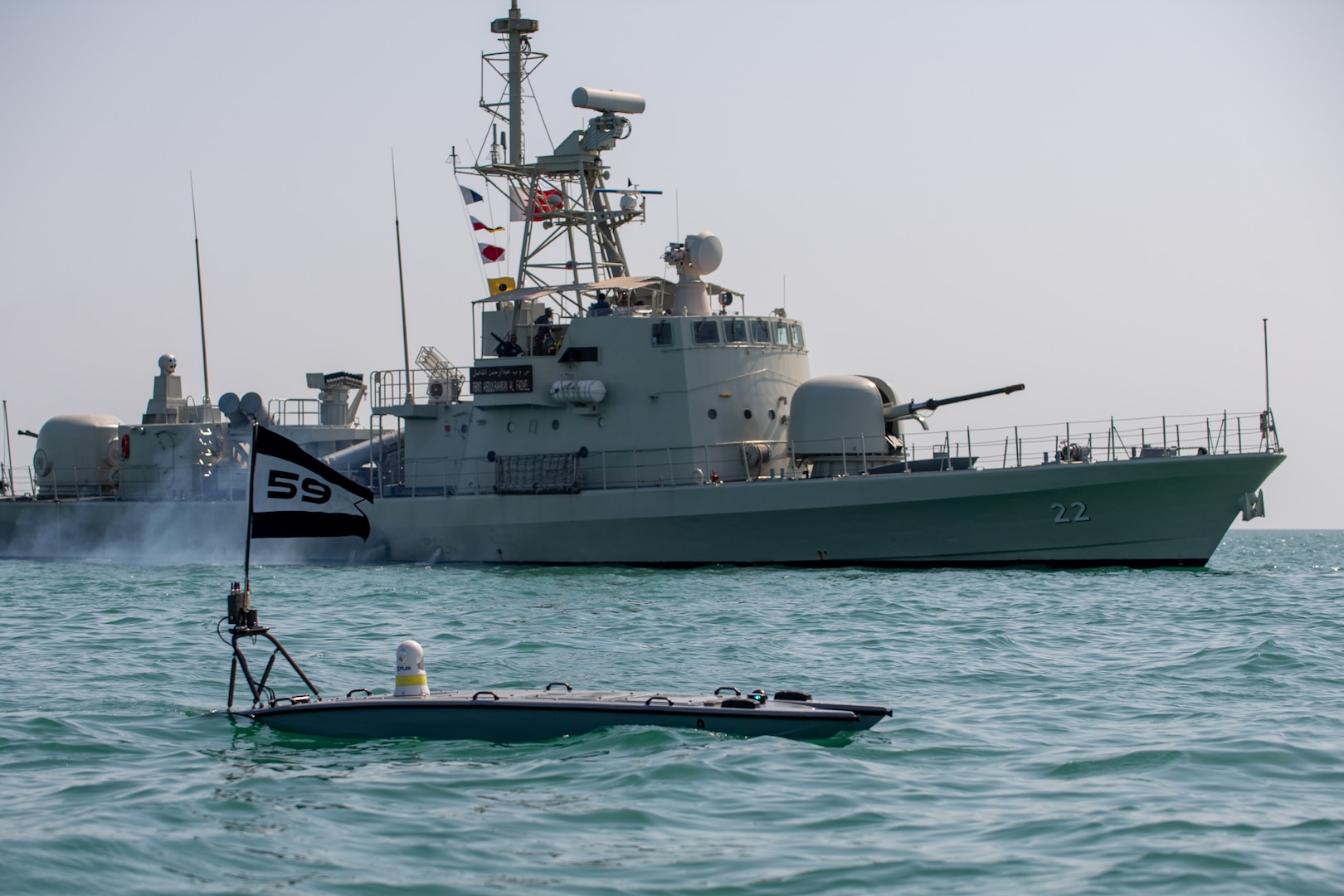By Robbin Laird
We are working on a longer term effort examining how autonomous systems can be integrated into fleet operations.
Most analysis of the way ahead with regard to maritime unmanned, remote or autonomous systems has focused on the challenge of shaping acceptance of trusted autonomous systems, which makes a great deal of sense.
But it is the mission purpose served for the FLEET which needs to be emphasized as well by such systems, and how the fleet evolution itself changes as mission delivery is performed by a redesign of the fleet as it does its distributed maritime operations differently from the past.
We are building our analysis around the kill web concept of operations approach.
With such an approach payloads within a cluster of combat capability are a key building block of operational capability, rather than simply focusing on the core platform defining a task force.
What autonomous unmanned surface vessels can provide, for example, are payloads for mission purpose, rather than being looked at as simply unmanned platforms.
Rather than a platform centered focus for concept of operations, we are focusing on distributed kill web operations which provide nodes in an overall integrated force.
This is how Ed Timperlake has described this aspect of the dynamics of change associated with a kill web operating force:
“In both an offensive and defensive combat engagement moment, successfully getting “weapons on” is essential.
“Using the famous OODA loop equation can bring a clear understanding of the complex dynamics in building a scalable combined fleet kill web payload utility (PU) function.
“Observe/Orient (O/O) is target acquisition (TA) and Decide Act (DA) is target engagement.
“Both TA and TE can be expressed in a very simple formula.
“The conceptual formula is TA and TE with more effective employment of all payloads available to the battle commander.
“It is the process of understanding and applying in combat the huge complexities of such a formula that is the challenge.”
And the Task Force 59 exercises last Fall can be seen as precisely engaging in “the process of understanding and applying” the payload utility function.
This is how a 5th Fleet press release on October 26, 2021 described their approach:
NAVAL SUPPORT ACTIVITY, BAHRAIN. On Oct. 26, U.S. Naval Forces Central Command (NAVCENT) completed exercise New Horizon, the first at-sea evolution for its new unmanned task force.
During the two-day training exercise, Task Force 59 integrated and evaluated new MANTAS T-12 unmanned surface vessels (USV) that operated alongside manned U.S. patrol craft and Bahrain Defense Force maritime assets.
This marked the first time NAVCENT integrated USVs with manned assets at sea in the U.S. 5th Fleet area of operations. New Horizon was also the first time for NAVCENT’s integration of USVs with manned assets at sea alongside partner forces.
“Working with our regional partners on unmanned systems integration is crucial to enhancing collective maritime domain awareness,” said Vice Adm. Brad Cooper, commander of NAVCENT, U.S. 5th Fleet and Combined Maritime Forces. “Bahrain, as our first regional partner to collaborate with Task Force 59 during an at-sea exercise, demonstrates the strengthening of our strategic relationship.”
The first phase of New Horizon, conducted Oct. 20, featured operators controlling the USVs aboard patrol coastal ship USS Firebolt (PC 10), while the vessels conducted high-speed maneuvers in formation.
The final phase on Oct. 26 brought together a larger force of manned and unmanned maritime and aerial assets from NAVCENT, the Royal Bahrain Naval Force (RBNF) and Bahrain Coast Guard. Participating units also included patrol boat USCGC Maui (WPB 1304), an SH-60S helicopter, a V-BAT unmanned aerial vehicle and RBNF patrol craft.
Both U.S. and Bahraini forces practiced operating the vessels in formation to strengthen mutual understanding and interoperability.
“This is a significant milestone for our new task force as we accelerate the integration of unmanned systems and artificial intelligence into complex, cross-domain operations at sea,” said Capt. Michael Brasseur, commander of Task Force 59. “Real-world evaluation is essential.”
NAVCENT established the task force Sept. 9. To focus U.S. 5th Fleet efforts on unmanned systems and artificial intelligence integration.
The U.S. 5th Fleet area of operations encompasses about 2.5 million square miles of water area and includes the Arabian Gulf, Gulf of Oman, Red Sea and parts of the Indian Ocean. The expanse is comprised of 21 countries and includes three critical choke points at the Strait.
Featured Photo: Vice Adm. Brad Cooper, left, commander of U.S. Naval Forces Central Command, U.S. 5th Fleet and Combined Maritime Forces, shakes hands with Capt. Michael D. Brasseur, the first commodore of Task Force (TF 59) during a commissioning ceremony for TF 59 onboard Naval Support Activity Bahrain, Sept. 9. TF 59 is the first U.S. Navy task force of its kind, designed to rapidly integrate unmanned systems and artificial intelligence with maritime operations in the U.S. 5th Fleet area of operations.






